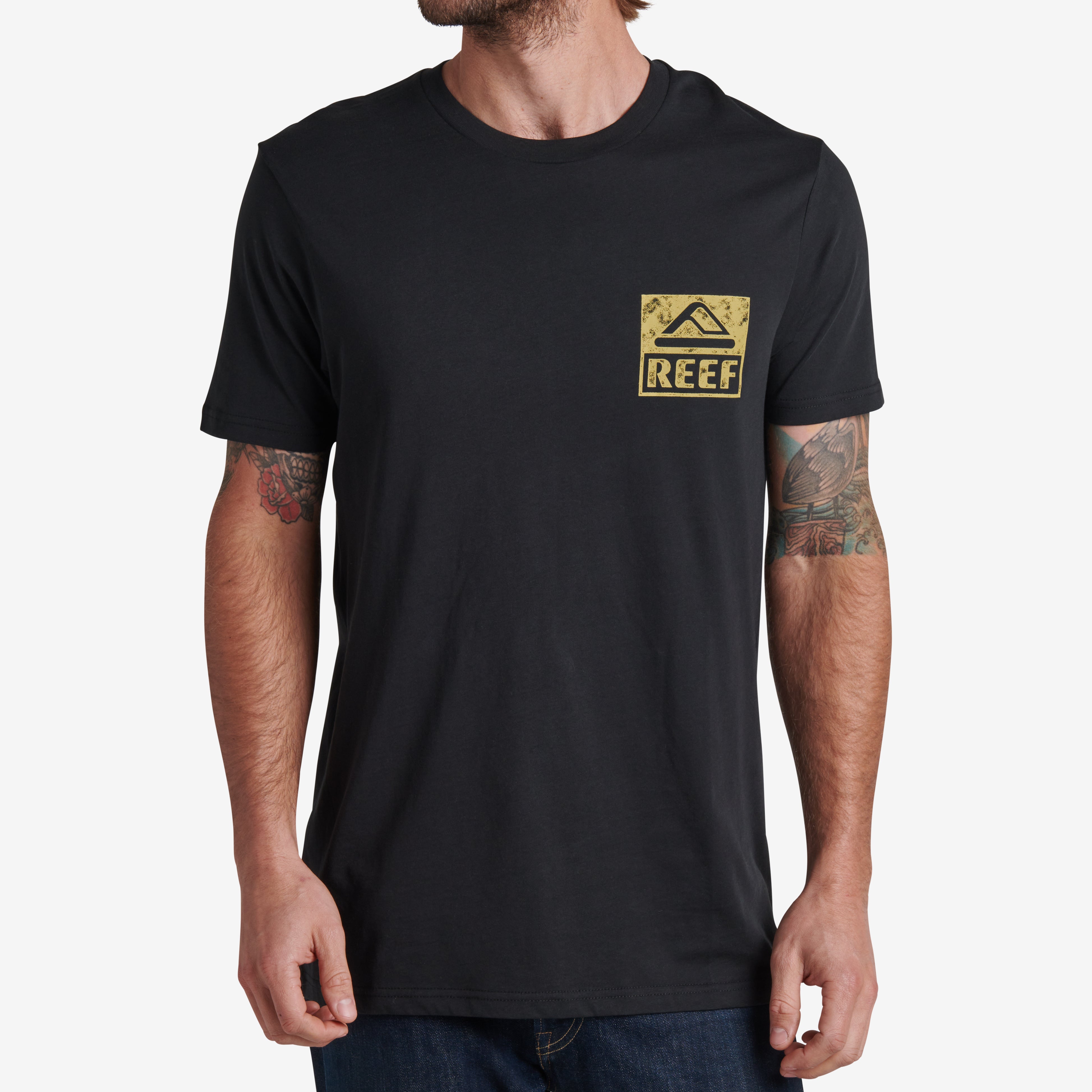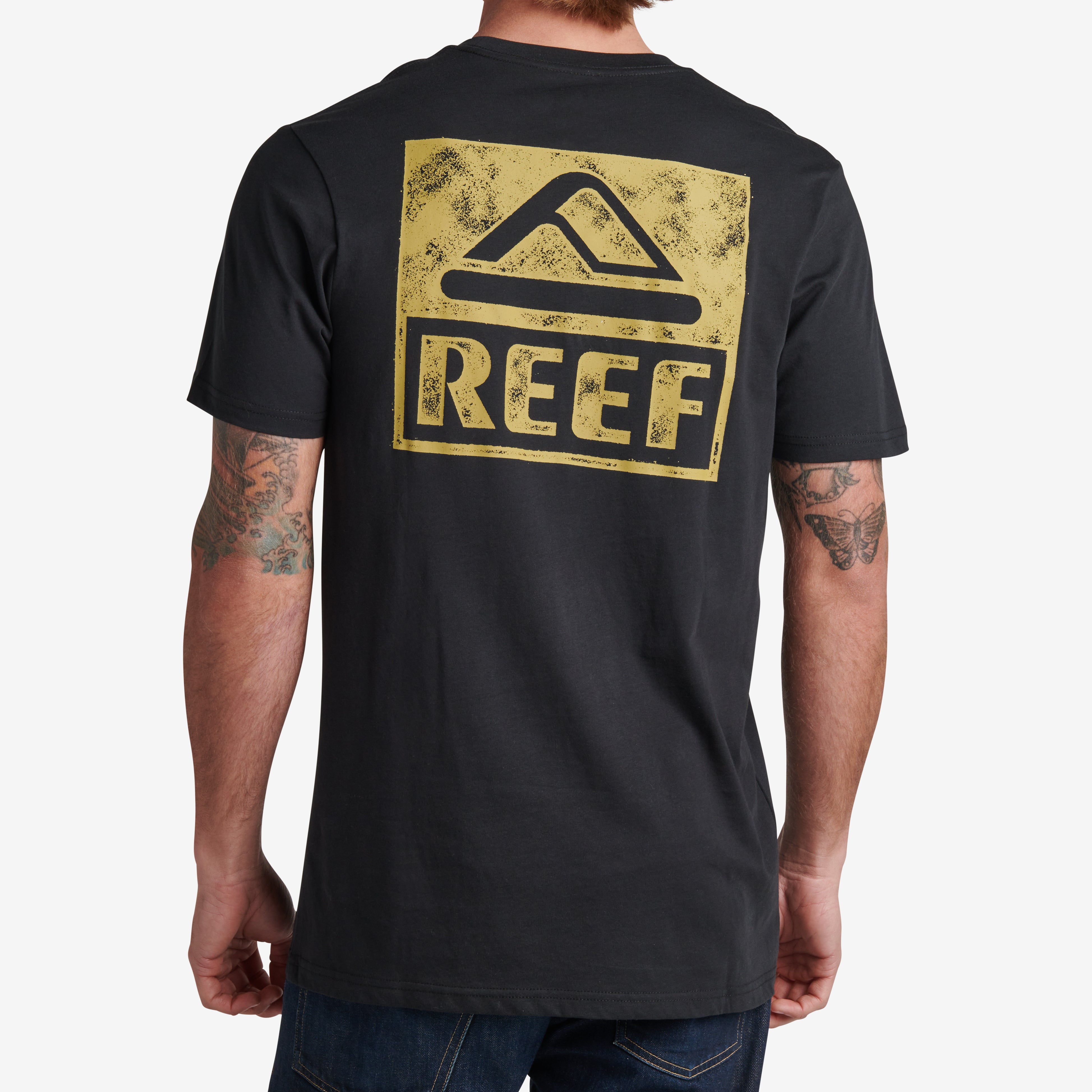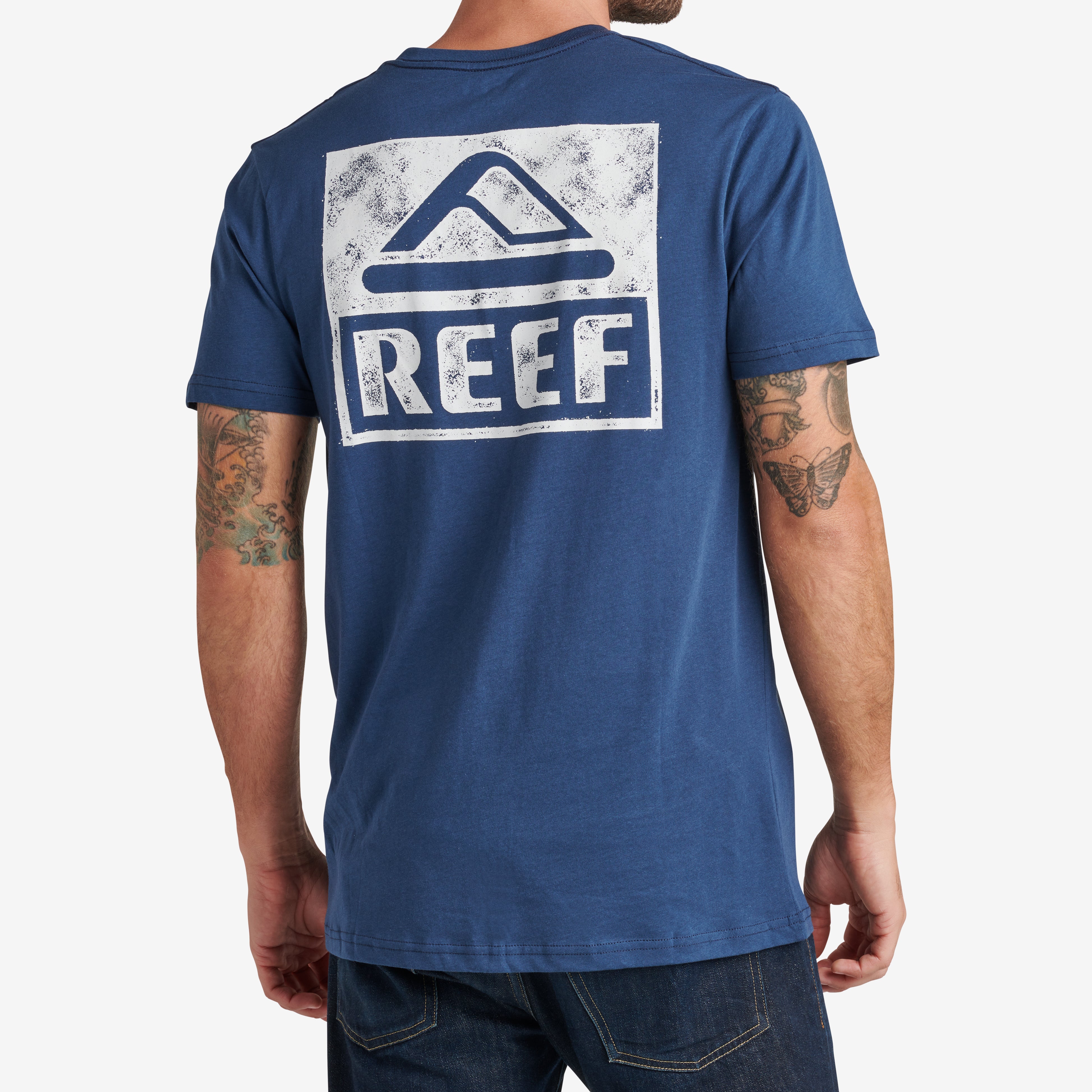Coral reefs are our favorite teachers. With that comes so many lessons and so little time. So, to honor World Reef Day we decided to dedicate a week to reefs through education, conservation, and ways to protect these precious wonders of the world to ensure that they are here for generations to come.

LESSON ONE
Aside from the coral reef making you wonder, science shows that being near, in or underwater, can also make you happier, healthier, more connected and better at what you do. (1) For the first day of REEF Week, we’ve got one simple ask: sit back, relax, and watch the reef.
We’ve made it easy for you: here’s a live stream of the coral in Hawaii- thanks to REEF ambassador, Biochemist and Pro Surfer, Dr. Cliff Kapono, alongside the MEGA Lab.

LESSON TWO
Coral reef is like your favorite celebrity- it doesn’t mind being observed (from a distance) but really doesn’t want to be disturbed. With the destructive industries, pollution and ocean temperatures rising, it just needs a break.
REEF Ambassador Brinkley Davies has some tips to connect deeper to the reef while still giving it the boundaries it deserves, like free-diving instead of fishing. Respecting the reef can also stretch to your on-land habits, like choosing a plant-based meal and donating to organizations working to help the reef breathe- such as Brinkley’s foundation, Balu Blue.

LESSON THREE
It’s scientifically proven that coral reefs and humans share a molecule that is in our hearts and lungs. (2) No really, there is... According to the Kumulipo, a native Hawaiian cosmology chant, corals are one of the ancestors of the Hawaiian people - they act as guardians to those who look up to them.
Science has become a powerful tool in the understanding of corals in the ecosystem. Dr. Cliff Kapono’s work honors his educators and expresses how the coral reef may be the greatest teacher of all. “I look at specific chemical and molecular signatures on humans as a forensics tool”, says Kapono. “That’s where my degree comes in. I essentially look at the reefs like a human. The technology that we’re learning and developing can be applied to other reefs around the world.”

LESSON FOUR
The reef shows no favorites, but it’ll often leave you with a souvenir to come home with. Did you even surf Teahupo’o if you have nothing to show for it?
In all seriousness, the reef will humble you in many ways- regardless of your skillset on the board. Even REEF Ambassadors Mason Ho, Billy Kemper and Lucia Martino have gotten tatted by the reef.

LESSON FIVE
Off the Ecuadorian coast, tourism, coral extraction for sale of decorative items, pollutants and climate change threatens coral reefs. REEF partner ConMar Ecuador is working to help the reef resist and recover from these stressors.
“As oceans are the lungs of our planet, so are reefs the lungs of our ocean,” says ConMar Ecuador founder Anni Borges. “Coral reefs are the foundation of life, to which most who live on this planet depend. Reefs need us, but we also need them. No reef, no future.”
On average, the fastest growing hard corals (or stony corals) grow naturally at about the same rate as human hair – about 10 centimeters per year. But ConMar’s continued efforts are working; at their nurseries, 96% of the coral fragments have been proven to adapt and survive.

LESSON SIX
If you were to ask a group of children “what do you want to be when you grow up?” you’ll likely hear at least one response of: “a marine scientist!”. For the crew at The MEGA Lab, they’re making many childhood dreams a reality by devoting their careers to being friends to the coral reef.
An eclectic group of surfers, skaters, way finders and artists, the researchers are a self-proclaimed “science misfits” who don’t take themselves too seriously but are serious about protecting the ocean. The MEGA lab focuses on three pillars of research: coral reefs, coastal habitat and climate change, and human impact on marine environments.

LESSON SEVEN
Our Advocates of Capture have shown us time and time again that there is a whole different world below the surface. “For surfers and photographers, the reef defines the way swells break into all different shapes & sizes which keeps us constantly exploring, peaking around the corner in search of the next little bit of reef that has yet to be discovered” says REEF Advocate of Capture, Todd Glaser.
As photographers, they’re able to capture the pieces the naked eye can’t see - luckily for us, we can be shown the impossible of the reef through their lens.

LESSON EIGHT
Smack dab in the crystal blue-green water of the Florida Keys, nestled underneath the shadow of an old bridge, sits the 5-acre Pigeon Key. 2,000 (and counting!) students have experienced Pigeon Key’s marine science camp, where they gain expansive knowledge of the ecosystem in the classroom, and deep connection to the ocean on the coral reef. It’s this blend of education-meets-interaction that makes students leave Pigeon Key’s camps with a deep desire to protect the reefs- and often dream of becoming Marine Scientists.
Pigeon Key’s Executive Director Kelly McKinnon believes that the earlier kids can gain this respect and love of the ocean, the better- reef preserving habits engrained young have a higher likelihood of sticking around for the rest of their life.
We want to give more children the opportunity to connect deeper to the reef, so starting June 8, we’re donating 30% of the profits from our Driftaway Classic x NSR and Driftaway x NSR to Pigeon Key, in partnership with Kenny Chesney’s No Shoes Reefs.



























